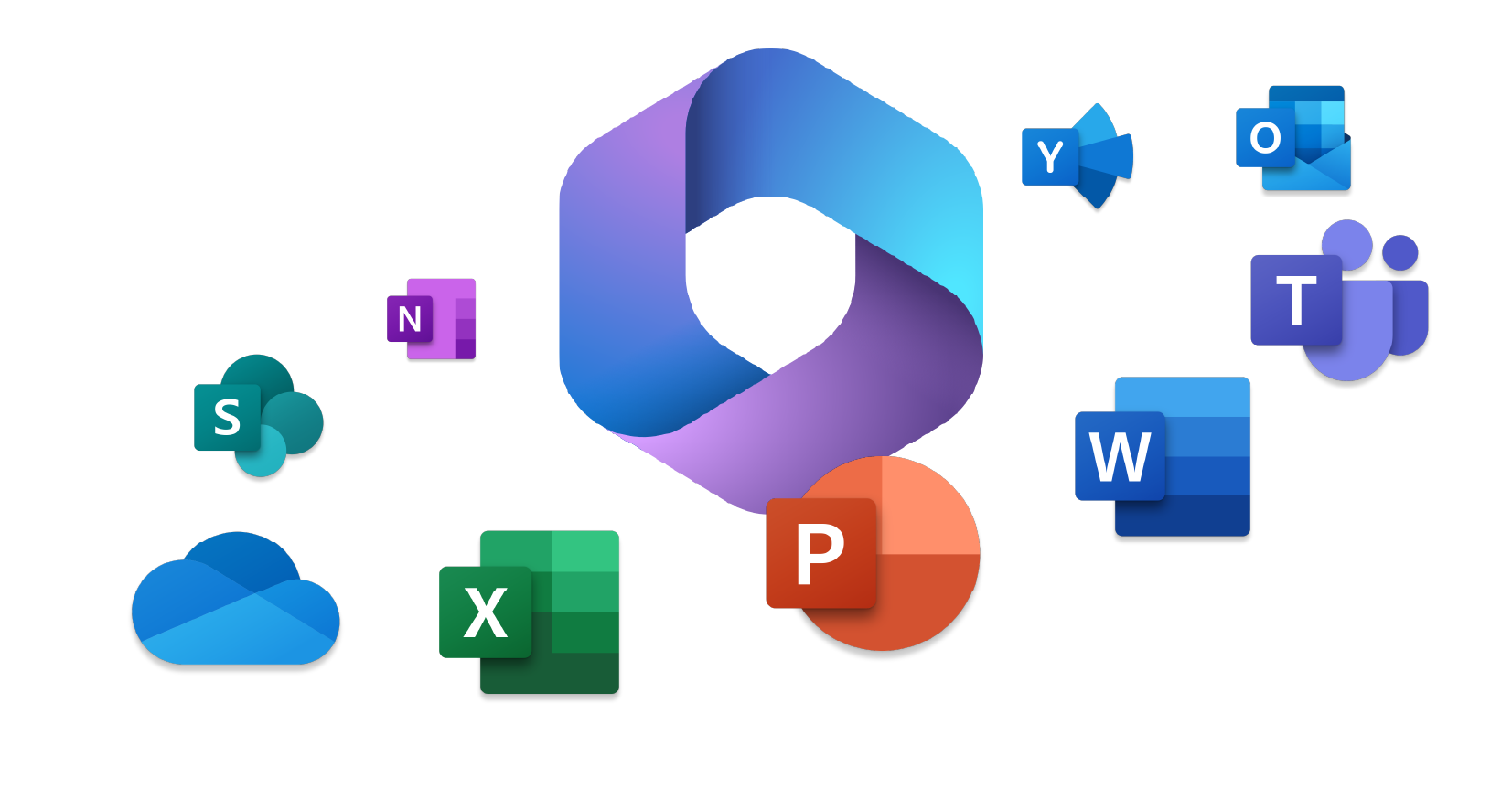It is now official: Xbox console prices will experience an increase in several regions worldwide, including Europe. Microsoft, previously known for maintaining price stability in the industry, is taking a strategic shift in this regard. Given the context of generalized inflation and industrial repositioning, this decision raises numerous questions while also affirming certain trends that are already underway.
The new pricing primarily affects the Xbox Series X, with its recommended price now rising to €549.99 in numerous European countries, marking an average increase of €50. In contrast, the US sees a steeper hike, jumping from $449.99 to $549.99, a full $100 increase. The entry-level Xbox Series S is also impacted, with its price rising from $299.99 to $349.99. Microsoft attributes this rise to “global economic pressures” and “evolving manufacturing and distribution costs.” This narrative, now familiar in the industry, was previously used by Sony to justify last year’s PS5 price increase.
Behind this decision lies a reality: Microsoft is no longer necessarily seeking to “lose money to gain market share.” The ecosystem’s logic now prevails. With Game Pass remaining central to its strategy, the Redmond-based firm seems to now bet more on the perceived value of its offer than on a price war. In other words: sell fewer consoles but at better margins while retaining players through subscription services. The message is clear: Xbox is no longer in a frenzied race to conquer everyone’s living room, but rather pursuing progressive profitability, even if it means disrupting old habits. On social media, reactions oscillate between resignation and irritation. While some understand the economic arguments presented, many lament a loss of accessibility, especially in a context where purchasing power is strained. In the long term, Microsoft may expose itself to a risk: driving away new entrants and further fragmenting the market.
By raising the price of its flagship console, Microsoft signals a shift: the era of competitive pricing is coming to an end. In an industry where services are increasingly valued over hardware, the company is banking on subscriber loyalty rather than sheer sales volume. It remains uncertain whether this strategy will prove successful or if it will lead to a lasting disruption in the home video gaming market balance.—(Note: The provided context was used for reference but not included in the rewritten paragraph.)
Xbox: All New Prices
Here are the translated prices from French to English:Microsoft has officially announced an increase in Xbox console prices across various global regions, including Europe and the US. Specifically, the recommended price for the Xbox Series X is now €549.99 (a €50 increase) in Europe and $549.99 (a $100 increase) from $449.99 in the US. The entry-level Xbox Series S will be priced at $349.99, up from $299.99. Microsoft attributes this change to “global economic pressures” and “evolving manufacturing and distribution costs.” This strategic shift suggests that Microsoft is moving away from pursuing market share through low pricing towards emphasizing perceived value and subscription services such as Game Pass. The company aims to improve profit margins by selling fewer consoles while maintaining player engagement through recurring subscription revenues. However, this approach may make the Xbox less accessible, particularly in light of current economic conditions, which could potentially alienate new users and lead to market fragmentation over time. The price increase indicates that Microsoft is prioritizing subscriber loyalty over sales volume, aiming to leverage the growing trend towards services within the gaming industry. The effectiveness of this strategy remains uncertain but represents a clear evolution in Microsoft’s approach to console pricing and market positioning.
While we delve into the recent price hikes for Xbox consoles, it’s fascinating to look back at Microsoft’s broader gaming ambitions. In a leaked email from 2020, Phil Spencer, head of Xbox, reveals his vision for acquiring Nintendo as a career-defining moment. This insight is discussed in detail by Carlos Mendoza on September 19th, shedding light on Microsoft’s long-standing interest in partnering or merging with Nintendo to enhance their strategic positioning in the gaming industry. The email highlights Spencer’s belief that such a move could be mutually beneficial despite the potential challenges of navigating Nintendo’s traditional stance against external influence. For more on this intriguing development and its implications for the future of console gaming, check out Xbox: ‘Acquiring Nintendo as a Career-Defining Moment’, When Phil Spencer’s Email Leaks. For those intrigued by Microsoft’s recent pricing strategy and eager to learn about future developments in the Xbox ecosystem, be sure not to miss Ahmed Hassan’s latest piece, “Xbox: Return and Details on the Biggest Video Game Leak in History,” published on September 19, 2023. The article delves into a monumental leak from the Federal Trade Commission that unveiled Microsoft’s seven-year roadmap, including details about upcoming console redesigns and new controller features. Discover how these advancements align with Microsoft’s strategic shift towards digital gaming sales and enhanced user experiences. Dive in for all the insider information at Xbox: Return and Details on the Biggest Video Game Leak in History. For those looking to dive deeper into the world of high-octane racing, be sure to check out “17 Minutes of Pure Gameplay, New Weather System Detailed in Forza Motorsport” by Ahmed Hassan (September 12, 2023). This exciting preview uncovers the latest features of the highly anticipated Forza Motorsport reboot, offering a detailed look at its dynamic weather system and stunning vehicle line-up. From the electrifying 2024 Chevrolet Corvette E-Ray to the exhilarating Hakone circuit experience, this post promises to thrill any racing enthusiast. Head over to (17 Minutes of Pure Gameplay, New Weather System Detailed in Forza Motorsport) to get your fill of automotive adrenaline.
Have any thoughts?
Share your reaction or leave a quick response — we’d love to hear what you think!

